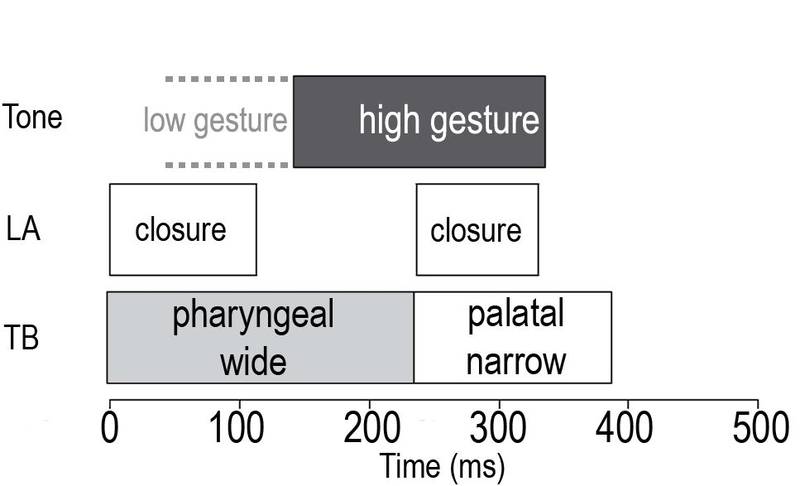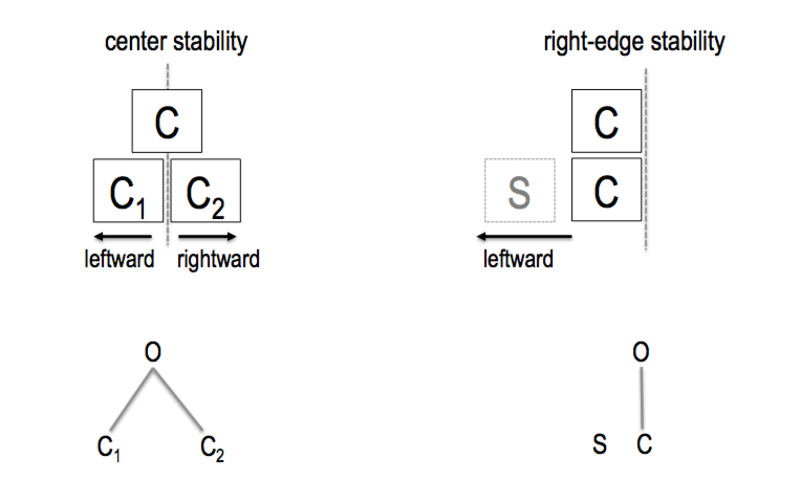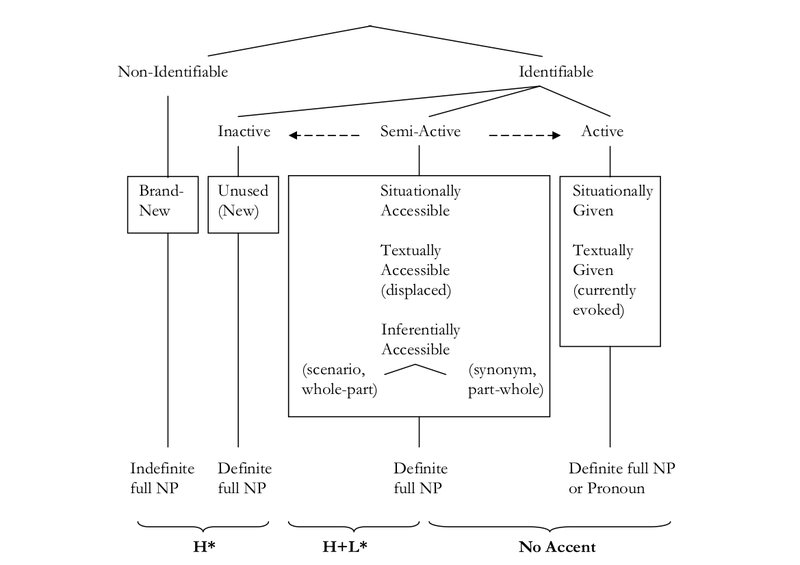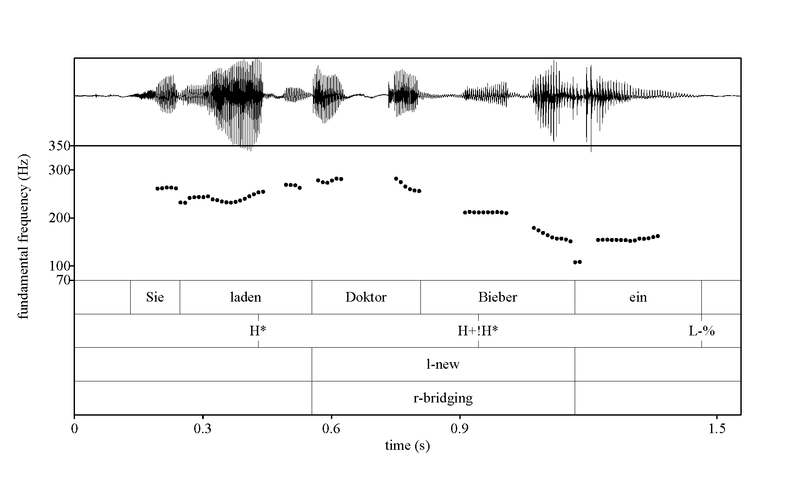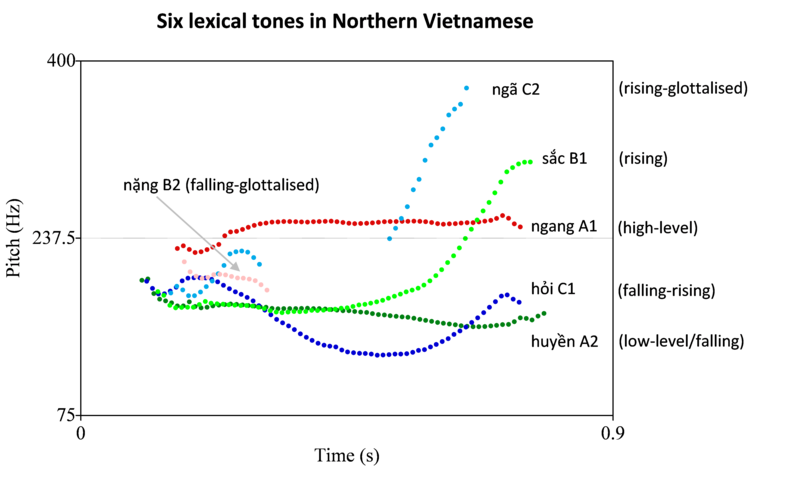Key research areas
Articulatory modeling
Cross-references:
- Intonation theory (coordination of articulation and accent)
- Information structure
Cooperation:
- Haskins Labs
- University of Southern California
Contents:
- How are the articulators tip of the tongue, back of the tongue, lips and jaw coordinated during speech production?
Articulatory phonetics and phonology deals with the measurement, analysis and modeling of spoken language. Its basic phonological unit is the articulatory gesture as a unit of movement. Phonological processes can be mapped using gestural coordination. In Cologne, there is a focus on the interaction of prosody and articulation, which is expressed, for example, in the research of prominence markings (focus, degrees of reality), speech motor skills during syllable production or speech melody-text synchronization.
Intonation theory
Cooperations:
- University of Potsdam
- University of Malta
- University of Edinburgh
Contents:
- Modeling of tone and intonation in autosegmental phonology
- Form and function of intonation (cross-linguistic)
- Intonation of German (GToBI)
- Intonation of Maltese and Maltese-English
Intonation is generally understood to mean the melody of human speech. In a broader sense, the term also encompasses other phenomena such as accent placement, the division of utterances into individual phrases, the rhythm of speech or the rate of speech. Another term for this broader definition of intonation is "prosody".
Information structure
Cross-references:
- Intonation theory (expression of information through intonation)
- Language acquisition
Cooperation:
- German Studies Cologne
- University of Mainz
- University of Stuttgart
Contents:
In verbal communication, a speaker structures or "packages" the information to be conveyed according to his or her assumptions about the listener's level of knowledge. Parts of an utterance are coded, for example, as new or given or as important or unimportant. This is done primarily through morpho-syntactic and prosodic means.
Experimental Phonology & Phonological Structures
Cross-references:
- Articulatory modeling
Cooperations:
- University of Bari
- Haskins Labs
Contents:
Experimental phonology (also known as laboratory phonology) deals with the empirical examination of phonological questions. The focus is on the connection between functional-phonological hypotheses and phonetic practice. For example, the syllable with its constituents (onset, nucleus, coda) can be made measurable as a phonological representation with the help of articulation (coordination of consonantal and vocalic gestures on the basis of kinematic data).
Lexical tones and intonation
Cross-references:
- Intonation theory
Cooperations:
- University of Ottawa
- ZAS Berlin
- Institute of Linguistics, Hanoi
Contents:
- Interaction in Vietnamese
- Discourse structure
The complex tone system of Vietnamese is characterized not only by pitch (F0) and tone register, but also by voice quality. It consists of six contour tones, two tone registers and the interaction between tone and laryngeal features (glottalization, creaky voice and breathiness). The following questions are being addressed as part of a doctoral thesis:
- What prosodic devices are used in everyday telephone conversations in North Vietnamese?
- How do the lexical tones interact with the intonation contours involved in conversational functions?
- Are there cross-linguistic and cross-cultural differences in the use of prosody, e.g. in Vietnamese and German conversation?
Language acquisition
Cross-references:
- Information structure
- Speech motor skills
Cooperations:
- MPI Leipzig
Contents:
In the field of language acquisition, the question of how children learn intonation and whether children use prosody during language acquisition is being addressed as part of a doctoral thesis. Data from production and perception experiments conducted with children between the ages of 20 months and 5 years are examined.
For example, the question is whether a child interprets sentences such as: "There's an ELEPHANT!" in such a way that "elephant" is new and not given. Does the child understand that the emphasis refers to the referent that was not previously mentioned? And does a child use the prosodic (novelty) marking and the novelty of the referent to link the referent with the lexical term, for example?
Speech motor skills
Cross-references:
- Language acquisition
Cooperations:
- University Hospital Cologne
- MPI Cologne
Contents:
Articulation requires the very rapid and precisely coordinated use of over a hundred muscles. An extensive bi-hemispheric network of motor and sensory brain areas controls speech production seemingly effortlessly. We only become aware of the complexity of this process when we learn a new language or when articulation is impaired by a neurological disorder, i.e. when dysarthria occurs.
In this project, the learning process for new sound combinations is recorded with articulatory and acoustic measurements and with functional magnetic resonance imaging (fMRI). The change in brain activity in the neuronal network during learning is recorded by fMRI and correlated with phonetically proven learning progress. A longer, intensive training period is examined so that early learning phases can be compared with later phases in which a certain automaticity of pronunciation has already been achieved. The acquisition of word-initial voiced consonant clusters by German speakers is examined here as an example. For German native speakers, this represents a new sequence of laryngeal and oral movements that is not easy to learn.
The results of this study will be used to develop more efficient dysarthria therapies.
